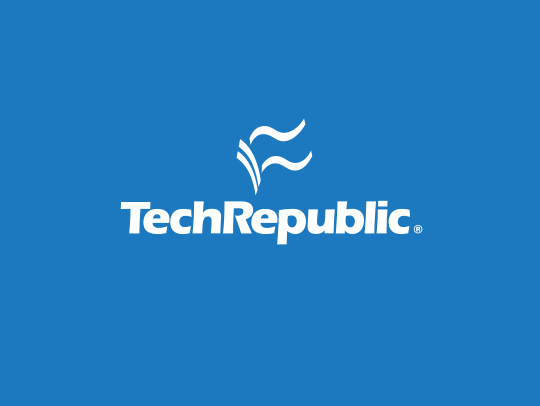
Consumerization
Digital TransformationKolide Is a Fleet Visibility Solution That Can Help You Securely Scale Your Business
You need visibility into your fleet of devices to meet security goals and reduce service desk tickets. But how do you get that visibility when different parts of your company run on Mac, Windows, and Linux? You get Kolide. Kolide is an endpoint security solution that gives IT teams a single dashboard for all devices, ...